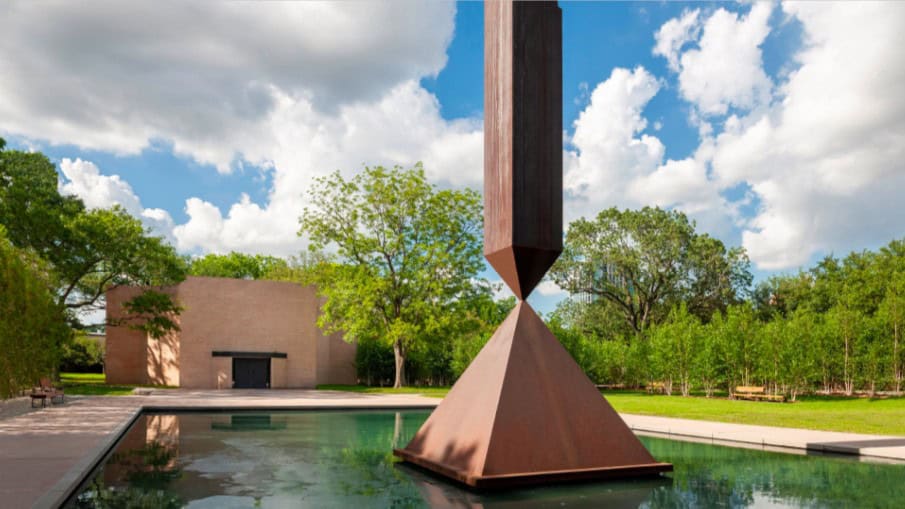The renowned Rothko Chapel in Houston, Texas, has been awarded a significant boost in funding with a $1 million grant from the Stavros Niarchos Foundation (SNF). This generous gift is designated to support the creation of a multi-use community space within the Chapel’s new Program Center, a pivotal component of Phase II of its ongoing Opening Spaces campus restoration and expansion campaign.
The Rothko Chapel’s Opening Spaces initiative aims to address the rising interest in and visitation to the Chapel by enhancing its facilities and offerings. Phase I, completed in 2020, encompassed extensive restoration of the Chapel building, landscape enhancements, and the addition of the Suzanne Deal Booth Welcome House. Phase II, which commenced recently, includes the development of a meditation garden, a guest bungalow, and the construction of new buildings such as an Administration and Archives Building alongside the Program Center.
Scheduled for completion in 2026, the expanded campus will feature versatile indoor and outdoor spaces equipped with state-of-the-art audio/visual technology to facilitate a diverse range of programming and community gatherings. These enhancements align with the Chapel’s mission of fostering spiritual growth, dialogue, and action toward a more equitable world. These additions, expected to be completed by 2026, following a $30 million renovation completed in 2021.
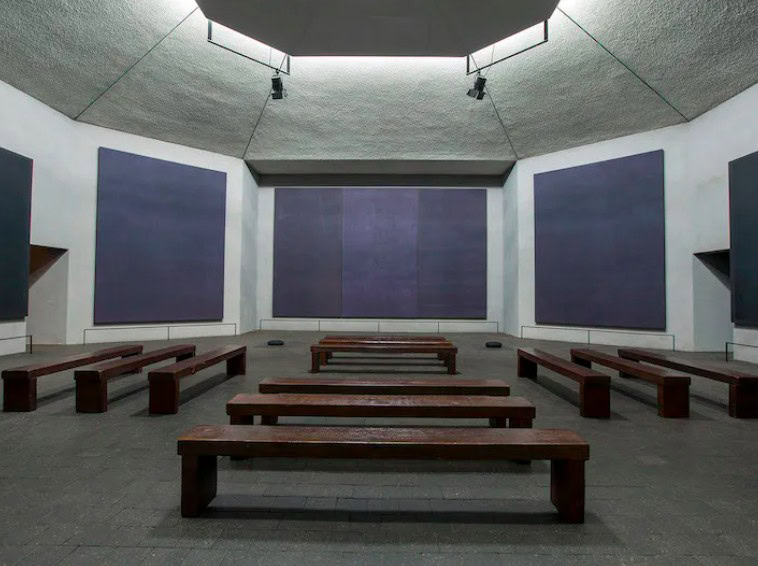
Embraced and Free: The Absence of Colour
The Rothko Chapel, named after the renowned abstract expressionist painter Mark Rothko, has a rich history dating back to the 1960s. Originally commissioned by collectors John and Dominique de Menil in 1964, Rothko dedicated meticulous attention to crafting the Chapel's iconic murals, despite not being a religious individual himself.
The Menils were passionate admirers of Rothko ever since acquiring two of his paintings in 1957. They were drawn to his abstract works, which often featured expansive colour fields, for their introspective nature. In 1964, they approached Rothko and provided financial support for his New York apartment. During one visit, Dominique found the space sparsely furnished, with only one monochromatic plum painting, Rothko's equipment, and a small bed. Without speaking, Rothko gestured for Dominique to sit in an empty chair placed about 20 feet from the canvas.Of the experience, she wrote, “He just looked at me. I felt instantly that not one muscle of my face should betray a surprise. I had expected bright colours! So, I just looked. Oh miracle, peace invaded me. I felt embraced, and free. Nothing was stopping my gaze. There was a beyond.”
"If you are only moved by colour relationships, you are missing the point. I am interested in expressing the big emotions - tragedy, ecstasy, doom."
Mark Rothko
Fourteen of Rothko's paintings are displayed in the chapel. Three walls display triptychs, while the other five walls display single paintings. Beginning in 1964, Rothko began painting a series of black paintings, which incorporated other dark hues and texture effects. The Chapel officially opened its doors in 1971, following Rothko's tragic passing by suicide in his Manhattan studio in February 1970.
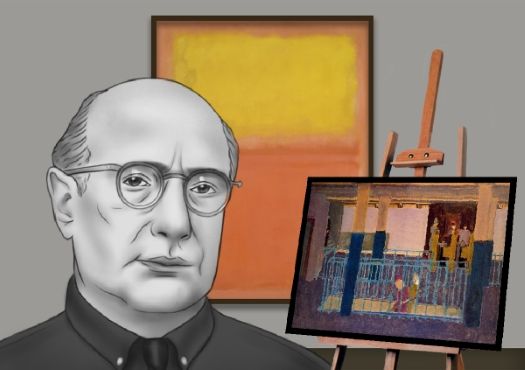
Described as a sanctuary for interfaith contemplation, the Rothko Chapel has evolved into a global artistic and spiritual landmark, attracting over 100,000 visitors annually. Its significance lies not only in its architectural and artistic merit but also in its role as a catalyst for dialogue and reflection on shared humanity and social justice.
Reflecting on the grant, Christopher Rothko, Chairman of Opening Spaces, and the artist's son who has been actively involved in preserving and promoting his father's legacy, expressed gratitude for the opportunity to deepen community engagement through the Program Center.
“The community and education space in the new Program Center will transform the depth and breadth of our community engagement, and will further learning, civic discourse, and activism focused on societal transformation,” he said.
“We are greatly appreciative of this generous grant from the Stavros Niarchos Foundation and its support in achieving these goals.”
Executive Director of the Rothko Chapel, David Leslie, highlighted the importance of the Chapel’s dual mission of contemplation and action, and its potential to become an even more vital hub for cultural engagement and dialogue.
“The Chapel has never had the room that we need to fulfil our dual mission,” he said in a statement.
“The Opening Spaces project is not only about creating spaces that enable us to welcome more visitors, but also facilitating more enriching experiences of the art, deeper contemplation, and the social justice-focused community engagement embedded in our founders’ vision, which brings people together in dialogue and reflection across the many boundaries that separate us.”
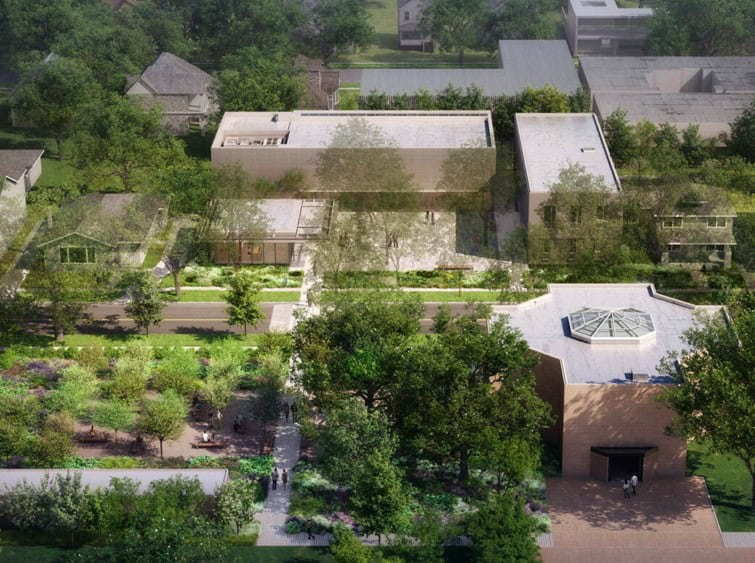
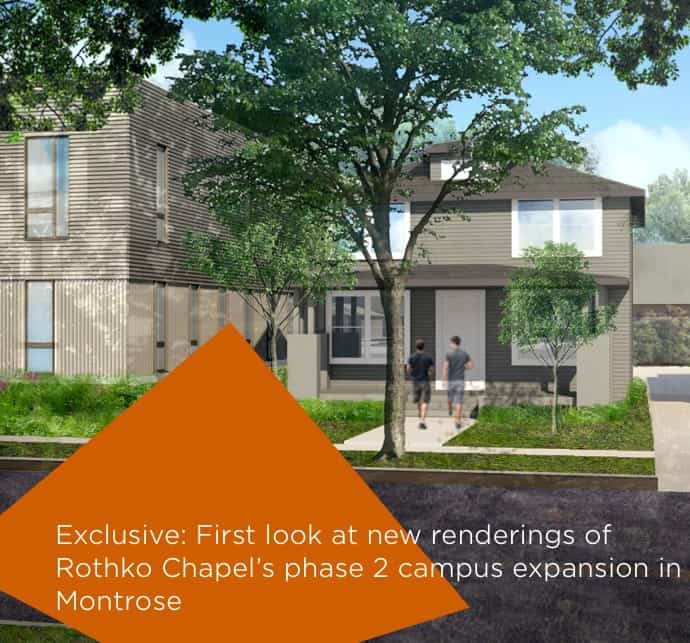
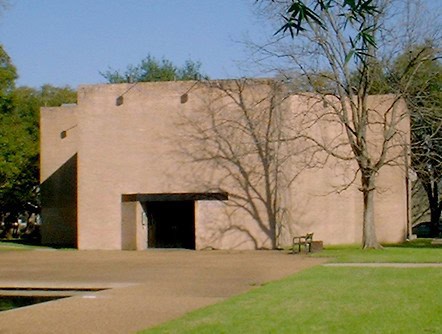
The Stavros Niarchos Foundation (SNF), founded in 1996 to honour Greek shipping magnate Stavros Niarchos, one of the world's largest transporters of oil and owned the largest supertanker fleet of his time, has a long-standing commitment to supporting organisations worldwide across various sectors, including arts and culture, education, and social welfare. Their collaboration with the Rothko Chapel underscores a shared vision of fostering positive change and accessibility to essential resources.
As the Rothko Chapel continues its journey of expansion and enrichment, it remains dedicated to its mission of promoting spiritual growth, dialogue, and compassionate action for a more inclusive and just society.
Since its founding in 1996 by Stavros S. Niarchos, SNF has provided more than 5,400 grants ton on profit organisations in 134 countries totalling over $3.7 billion. At the core of its mission are a fundamentally collaborative approach to creating positive change based on the expertise of partners on the ground, a commitment to public-private partnership, and a belief that everyone should have access to art, education, health care, and life’s other essentials.
Read also Golden Groves: The Sisters Bridging Continents with their Liquid Gold

